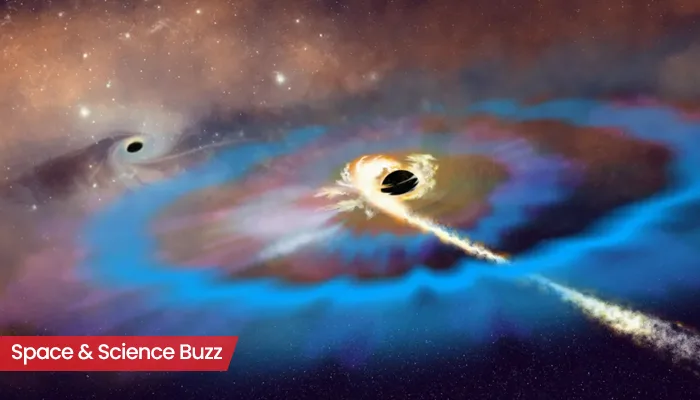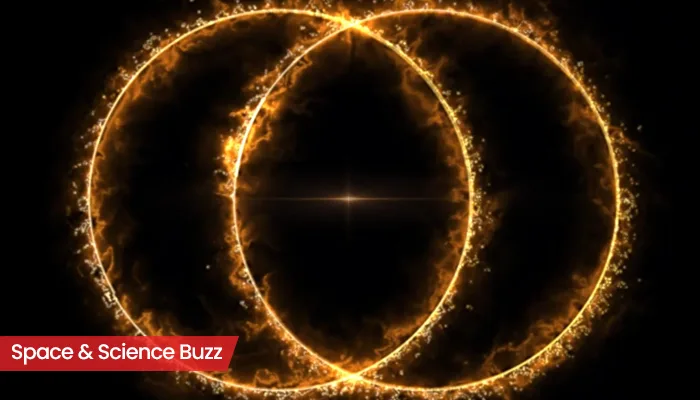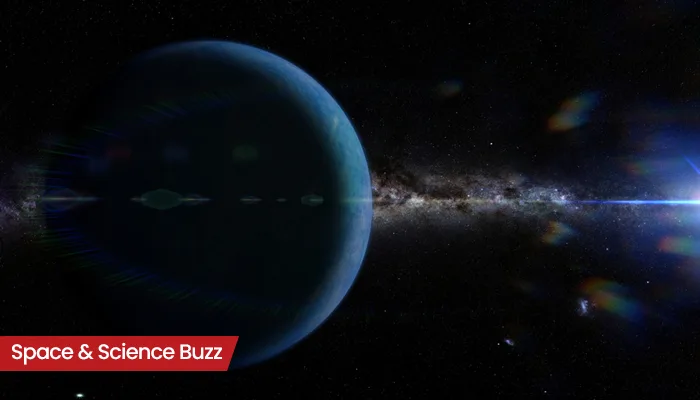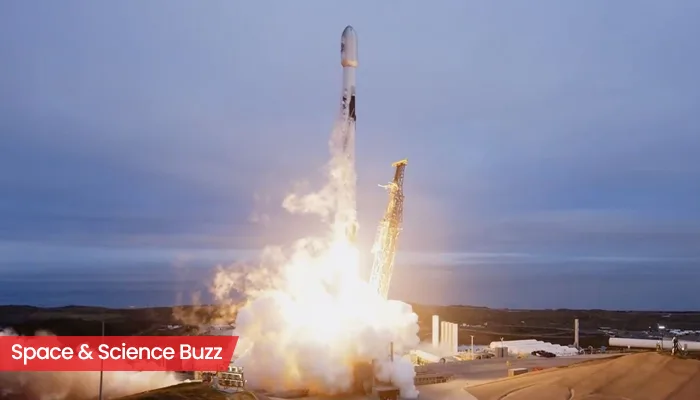
Here are today’s most important updates from the realm of Science and Space.
Next-Gen Space Armor: IIT-Madras' Metal Foam to Safeguard Bharatiya Space Station
As the Indian Space Research Organisation (ISRO) prepares to develop the Bharatiya Antariksh Station (Indian Space Station), a team at the Indian Institute of Technolgy-madras is working on ways to protect it in space. The Extraterrestrial Manufacturing (ExTeM) team at IIT Madras is developing metal foam to shied the space station in vacuum of space. Engineers are pioneering research in "In Space for Space and for Earth" technologies. This initiative focuses on developing cutting-edge innovations that support long-term human presence in space while also benefiting life on Earth. ExTeM's work encompasses two primary objectives: "Making in Space for Space" and "Making in Space for Earth.”
The team is also developing concrete suitable for construction on Mars without using water, a critical resource that is scarce on the planet.
Are Black Holes Really Black? Indian Scientist’s Breakthrough Says No
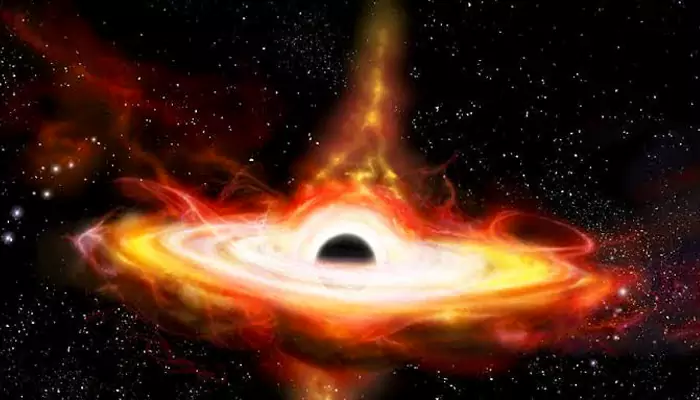
A team of Indian researchers, led by Professor Yogendra Narain Srivastava, has made major discoveries about space. It’s well known that huge black holes exist at the center of galaxies, including our Milky Way. But their role in cosmic ray production wasn’t clear. The team used Einstein’s theory of relativity to suggest that everything happening in a black hole occurs only on its surface, meaning there’s no actual space inside it. By applying nuclear physics, they showed that protons on the surface of our galaxy’s black hole can gain extremely high energy. This explains recent space observations that scientists couldn’t fully understand before. Their research challenges old ideas about black holes and suggests calling them “Bright Holes” instead, highlighting their role in cosmic ray production.
History Rewritten! Fossil Find Challenges Everything We Knew About Dinosaur Evolution
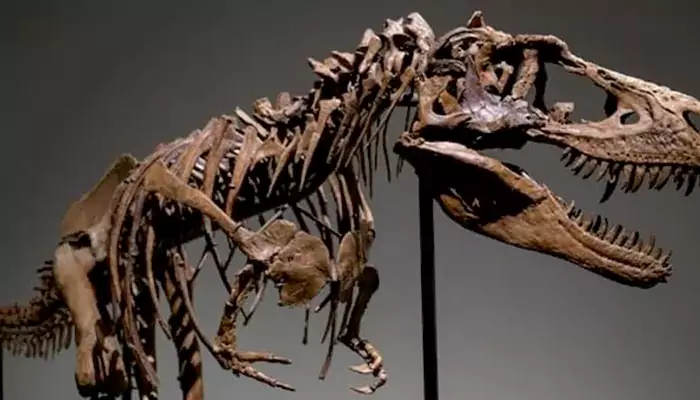
Paleontologists have discovered new fossils that could rewrite the history of how dinosaurs evolved and travelled across Australia. The details of the fossils of the world’s oldest known megaraptorid and the first evidence of carcharodontosaurs have been detailed in a study. These fossils offer new insights into Victoria’s ancient ecosystem, which was dominated by large powerful megaraptorids (6–7 metres long) alongside smaller carcharodontosaurs (2–4 metres long) and agile, metre-long unenlagiines, or ‘southern raptors’. The findings indicate that Australia’s theropod fauna played a pivotal role in Gondwanan ecosystems.
Turning Air into Water: The Future of Fog Harvesting in Arid Cities
#Morocco implements #FogHarvesting through which it convert fog in to #water and utilise it for drinking purpose in needy areas of the country. pic.twitter.com/VPBYYZlulB
— ClimateChangeKP (@KP_Climate) August 8, 2022
(Credit - X/@KP_Climate)
Capturing water from fog - on a large scale - could provide some of the driest cities in the world with drinking water. This is what researchers in Chile have concluded after studying the potential of fog harvesting in the desert city of Alto Hospicio in the north of the country. The clouds of fog that regularly gather over the mountain city are an untapped source, researchers said. Capturing fog water is remarkably simple - a mesh is hung between poles, and when the moisture-laden clouds pass through that fine mesh, droplets form. The water is then channelled into pipes and storage tanks.

.WEBP)
.webp)
.webp)
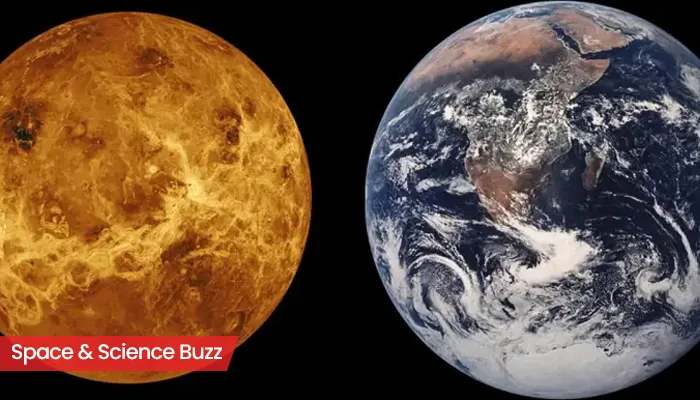
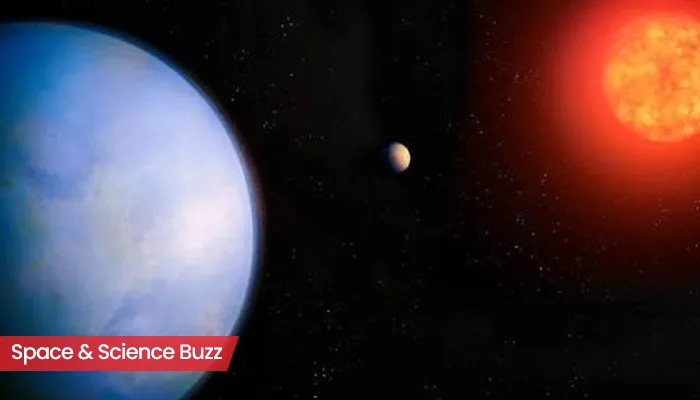
.webp)
.webp)
.webp)
